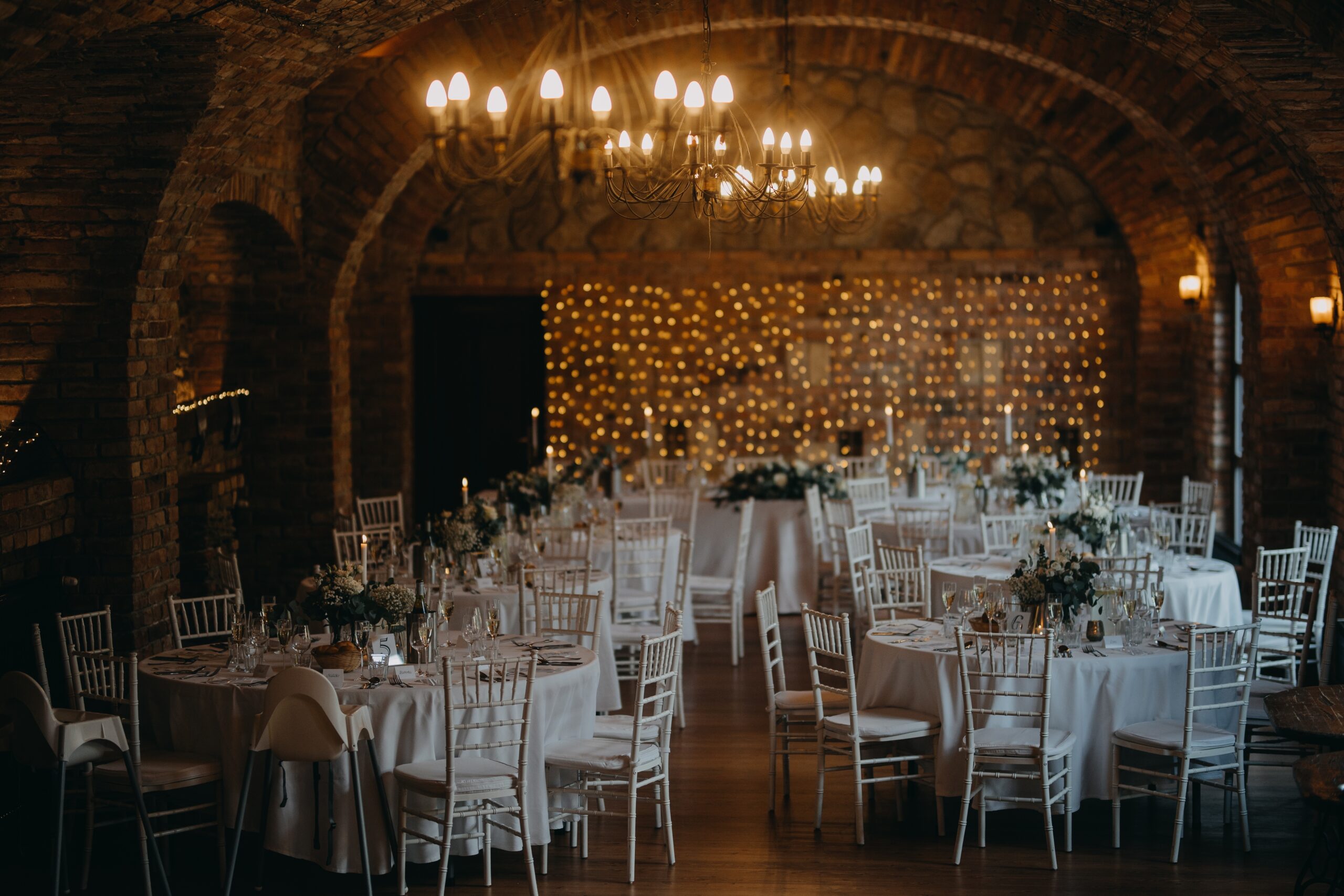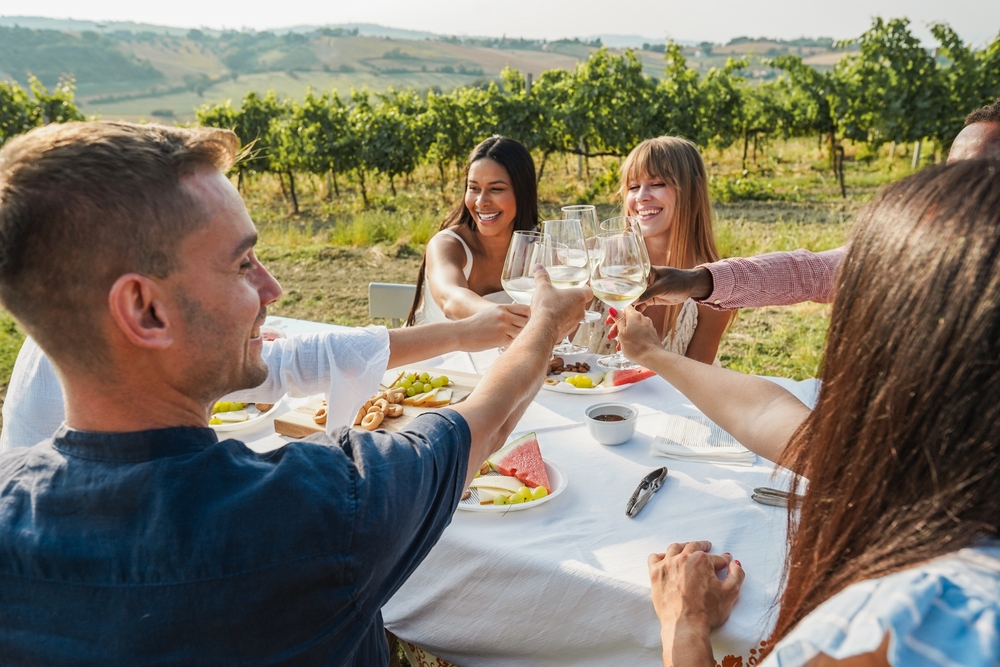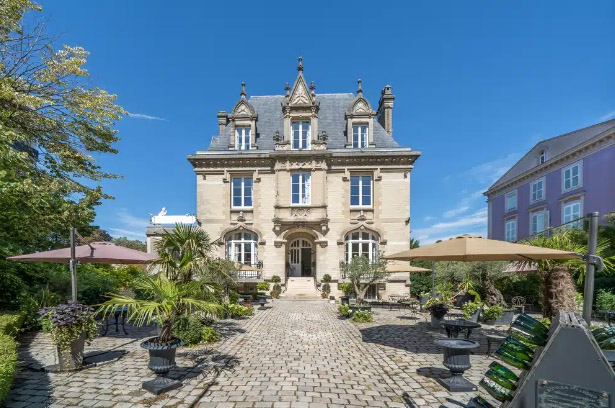Tijdens onze exclusieve champagne reizen nemen we je mee op een ontdekkingsreis langs de mooiste wijngaarden, charmante dorpjes en prestigieuze champagnehuizen.
Uiteraard vertellen we je alle ins en outs over de verschillende regio's, zodat je de nuances en speciale kenmerken van elke plek zelf kunt ervaren.
Of je nu houdt van de frisse, fruitige smaak van de Montagne de Reims, de elegante stijl van de Côte des Blancs, of de rijke bodems van de Vallée de la Marne. Wij zorgen voor een onvergetelijke trip waarin je de verschillen duidelijk zult proeven.
Champagne was nog nooit zo boeiend en smaakvol!


Laat je zintuigen prikkelen tijdens een intiem diner in een authentieke wijnkelder. Omringd door muren vol flessen en verhalen geniet je van een culinair menu dat perfect aansluit bij zorgvuldig geselecteerde wijnen. Een unieke beleving voor fijnproevers die houden van sfeer, smaak en karakter.
Vraag ook naar onze mogelijkheden voor een Cuvée Lauk Cellar Dinner gewoon in Nederland. Een diner met vrienden, familie, zakenrelaties volledig in stijl.


Beleef de charme van buiten eten tussen de druivenranken. De wijngaard vormt het decor voor een verfijnde lunch met uitzicht op het land, waar elk gerecht met zorg wordt gecombineerd met mooie wijnen.
Een unieke ervaring voor levensgenieters die houden van goed gezelschap, mooie smaken en een vleugje natuur.


Wandel over de Avenue de Champagne, proef de verfijning van de regio en beleef de magie van de bubbels. De volledige Champagnereis is onder begeleiding inclusief verblijf, lunches, diners en proeverijen.
Wil je mee naar deze unieke regio?


Met de Cuvée Lauk Champagnereizen willen we ons richten op de kleinere, onafhankelijke champagneproducenten. Deze kleine producenten maken naam met champagnes met een eigen identiteit, veel karakter en hoge kwaliteit.
Daarnaast bezoeken we een selectie van grande maisons die op hun beurt imposante wijnkelder, diversiteit in filosofie, stijl en smaak laten zien.
We proeven niet alleen de champagnes, maar we ontmoeten en praten ook met de mensen achter deze magnifieke champagnes.

